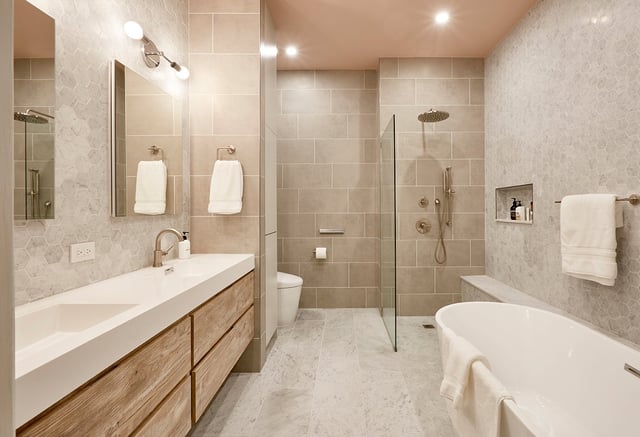
How Long Does it Take to Remodel a Bathroom?
04.28.2025

How Long Does it Take to Remodel a Bathroom?
04.28.2025

Ultimate Guide to Bathroom Remodel Financing in 2025
03.13.2025
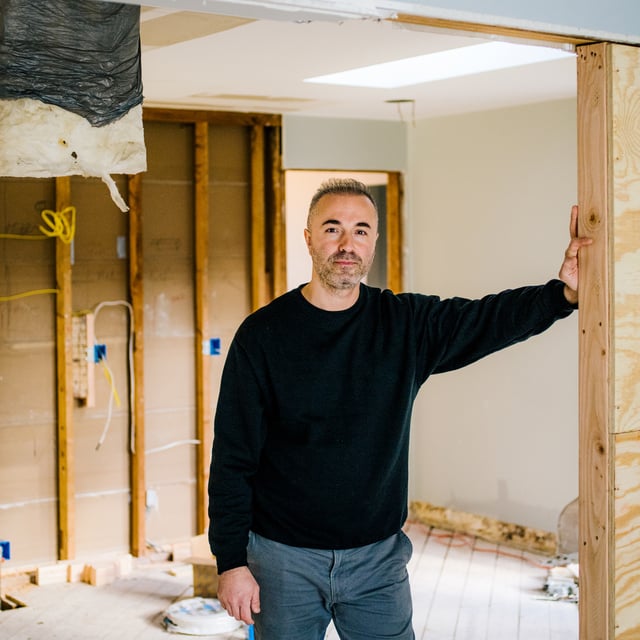
10 Things to Consider Before Starting a Home Renovation
02.04.2025

Everything You Need to Know About Renovating an Apartment in NYC
02.03.2025
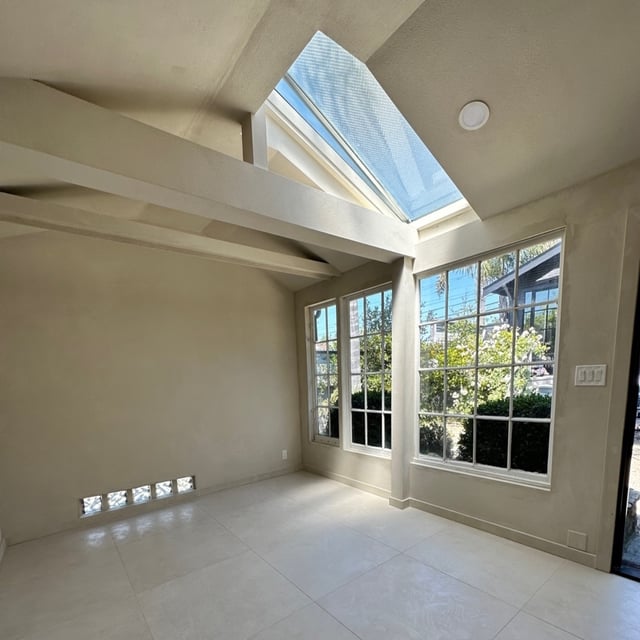
What is an ADU? The Complete ADU Construction Guide
01.14.2025
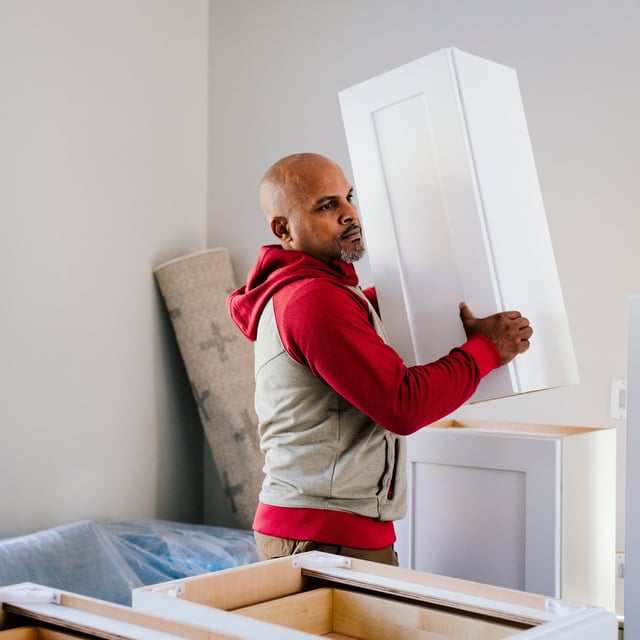
Everything You Need to Know About Hiring Home Remodeling Contractors
10.16.2024
Renovate with Confidence
Steps to Vetting a General Contractor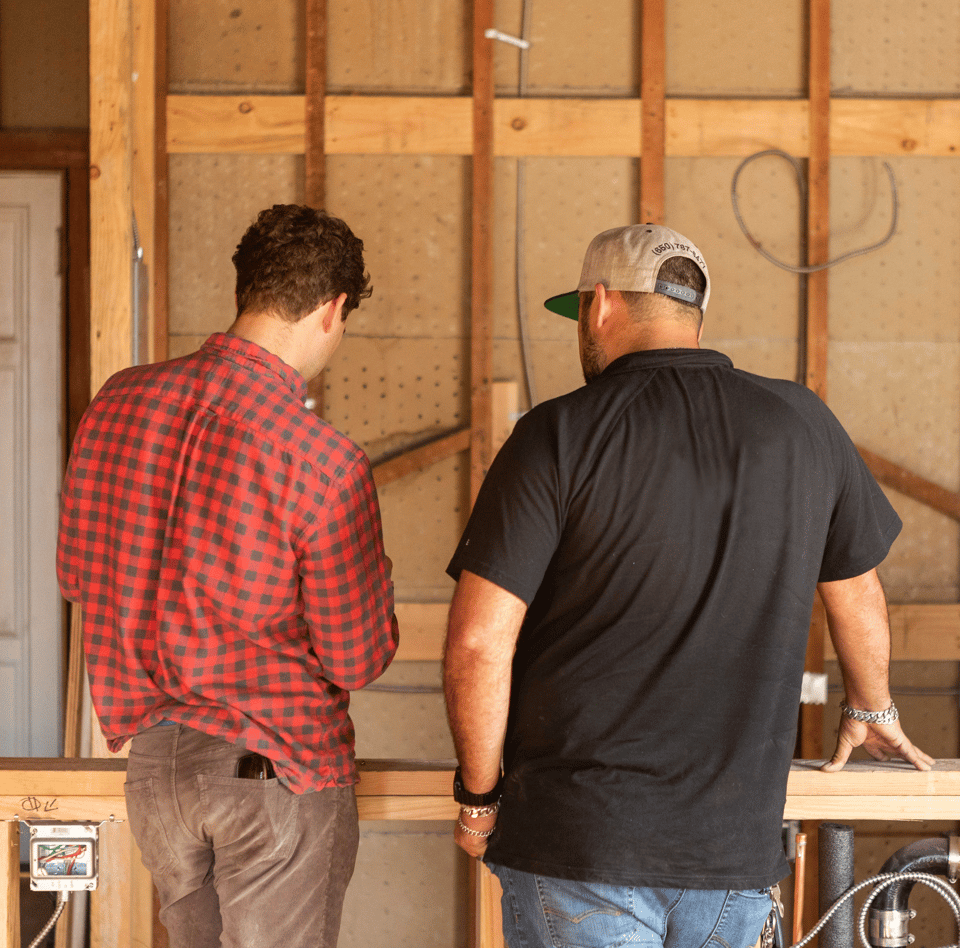
Renovate confidently